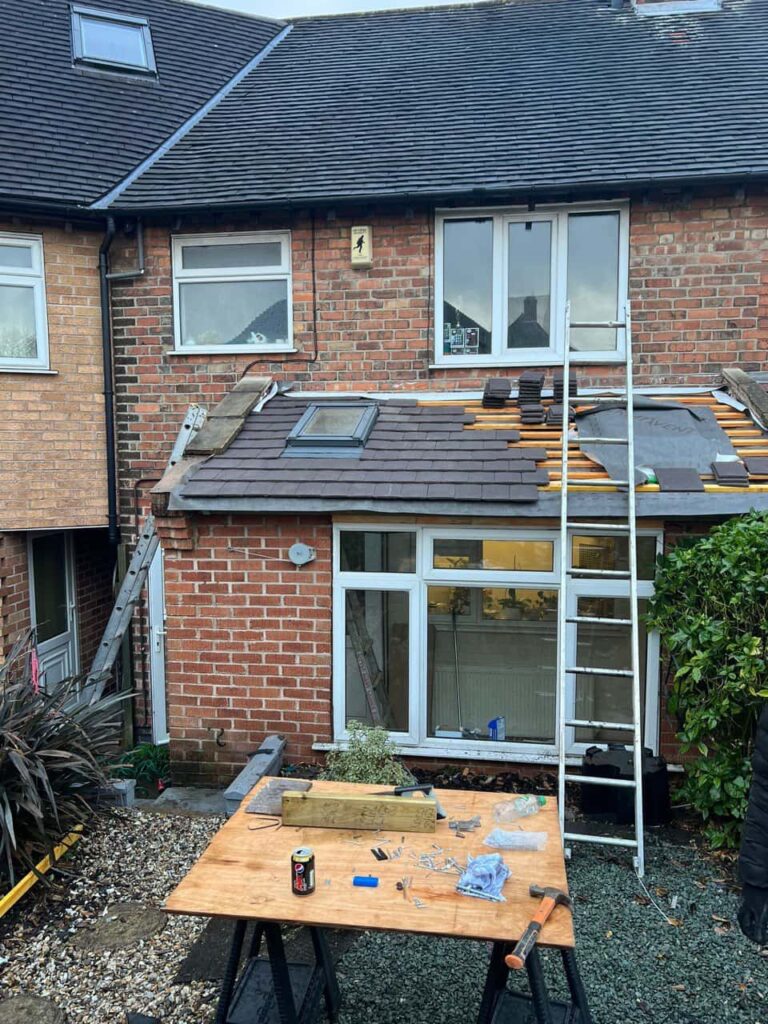Introduction: Selecting the appropriate roofing material is crucial for ensuring the longevity, durability, and energy efficiency of your home or building. When it comes to felt roofing, the right choice depends significantly on your climate. Different climates pose unique challenges and requirements that influence the performance of roofing materials. In this blog post, we’ll discuss choosing the right roofing material for your climate, focusing specifically on felt roofing solutions.
Understanding Felt Roofing:
Felt roofing, or built-up roofing (BUR), is a traditional system comprising multiple layers of bitumen-soaked felt or fibreglass reinforcement plies. These layers are alternated with layers of bitumen and finished with a protective coating of gravel or mineral granules. Felt roofing is valued for its affordability, durability, and versatility, making it a popular choice for residential and commercial properties.
Factors to Consider When Choosing Felt Roofing Material for Your Climate:
- Temperature Extremes: If you live in a region with extreme temperature fluctuations between seasons, such as hot summers and cold winters, choosing a felt roofing material that can withstand these temperature variations is essential. Look for high-quality felt materials with excellent thermal stability and thermal expansion and contraction resistance.
- Sun Exposure: Climate zones with high levels of sunlight require roofing materials that can withstand prolonged exposure to UV radiation without prematurely deteriorating. Opt for felt roofing materials with UV-resistant coatings or reflective properties to minimise heat absorption and protect the underlying layers from solar damage.
- Moisture Levels: In climates with high humidity or frequent rainfall, moisture resistance is paramount to prevent water infiltration, mould growth, and structural damage. Choose felt roofing materials with superior waterproofing capabilities and proper drainage systems to ensure effective moisture management and long-term performance.
- Wind Resistance: If you reside in an area prone to strong winds or severe weather events such as hurricanes or tornadoes, select felt roofing materials designed to withstand high wind speeds and uplift forces. Reinforced felt membranes or mechanically attached roofing systems offer enhanced wind resistance and structural integrity under extreme weather conditions.
- Snow Load: Regions experiencing heavy snowfall require roofing materials to support significant snow loads without collapsing or sustaining damage. Felt roofing systems with adequate structural reinforcement and load-bearing capacity are essential for maintaining structural stability and preventing roof failures due to snow accumulation.
- Hail Resistance: In hail-prone areas, opt for felt roofing materials with impact-resistant properties to minimise the risk of hail damage and punctures. Choose reinforced felt membranes or impact-resistant coatings to protect the roof surface from hailstones and maintain its integrity over time.
Conclusion: When selecting a felt roofing material for your climate, consider factors such as temperature extremes, sun exposure, moisture levels, wind resistance, snow load, and hail resistance. Choosing the right roofing material tailored to your climate’s specific requirements ensures optimal performance, longevity, and durability for your felt roof.
Call us on: 01787 326 696
Click here to find out more about Sudbury Roofing Repairs
Click here to complete our contact form and see how we can help with your roofing needs.

